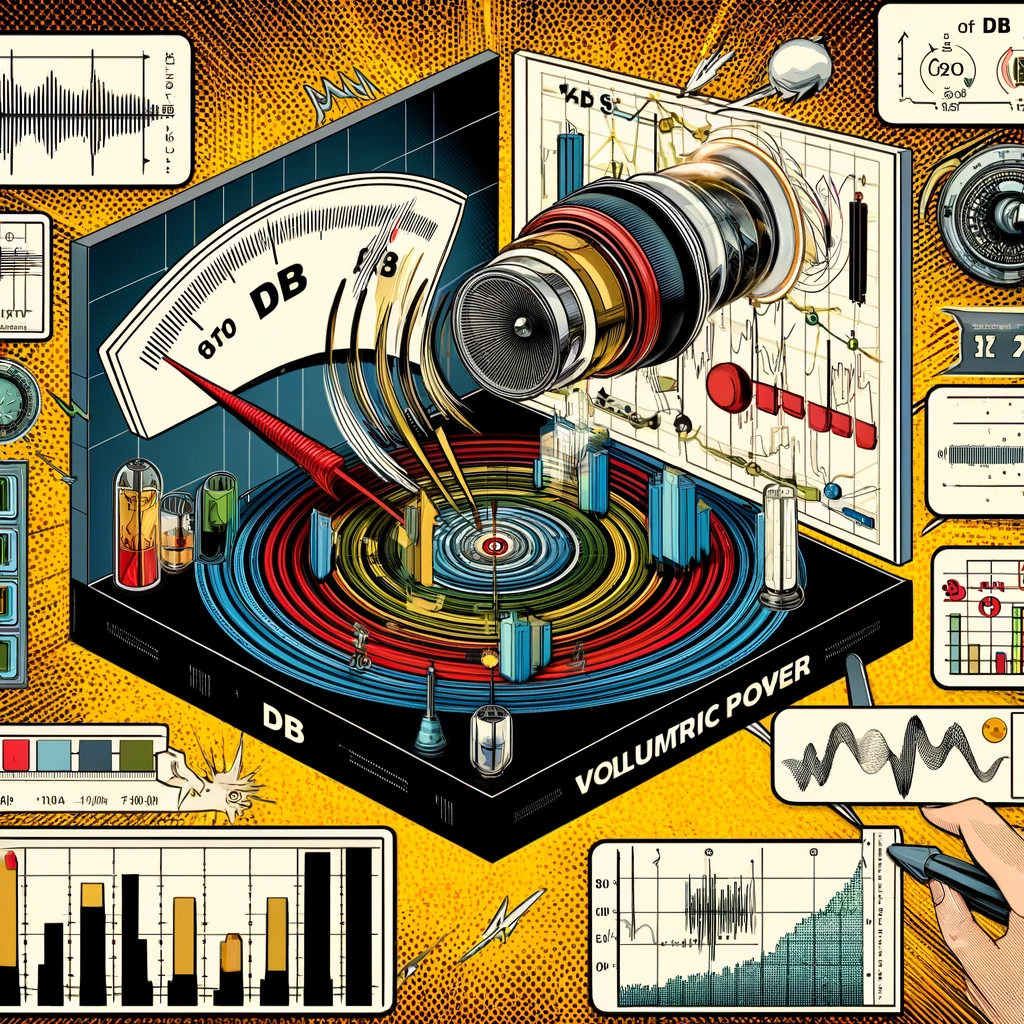What is a decibel?
Extensive information presented by University of South Wales.
A decibel (dB) is a unit of measurement used to quantify the intensity or level of sound, as well as other quantities such as power, voltage, and pressure. The decibel scale is logarithmic, which means that each increase of 10 dB represents a tenfold increase in intensity. Here are some key points about decibels:
1. Reference Point: Decibels are often used relative to a reference point. For sound intensity, the reference point is typically the threshold of human hearing, which is approximately 0 dB. This represents the faintest sound that a healthy human ear can perceive.
2. Logarithmic Scale: The decibel scale is logarithmic rather than linear. This means that increases in decibel level represent multiplicative increases in intensity rather than additive increases. For example, a sound that is 10 dB louder than another sound is actually 10 times more intense, while a sound that is 20 dB louder is 100 times more intense.
3. Sound Pressure Level (SPL): In the context of sound, decibels are often used to measure sound pressure level (SPL), which quantifies the intensity of sound waves in the air. SPL is measured on a logarithmic scale relative to the threshold of human hearing.
4. Thresholds and Ranges: The range of human hearing spans from approximately 0 dB (threshold of hearing) to 120 dB (threshold of pain). Everyday sounds typically fall within the range of 20 to 80 dB, with examples including normal conversation (around 60 dB), a vacuum cleaner (around 70 dB), and a rock concert (around 110 dB).
5. Multiplicative Properties: Because the decibel scale is logarithmic, small changes in decibel level correspond to large changes in intensity. For example, an increase of 3 dB represents a doubling of intensity, while a decrease of 10 dB represents a tenfold decrease in intensity.
6. Weighting Scales: In some cases, decibel measurements are adjusted using weighting scales to better reflect the sensitivity of human hearing at different frequencies. Examples include A-weighting (dBA), which emphasizes frequencies relevant to speech perception, and C-weighting (dBC), which provides a flatter response across a wider range of frequencies.
Overall, decibels provide a convenient and widely used method for quantifying the intensity of sound and other quantities, allowing for easy comparison and measurement across a wide range of applications, from everyday noise levels to industrial noise monitoring and environmental assessment.

It seems like you’re asking about the relationship between decibels and volumetric power. Let’s break it down:
1. Decibel (dB): As mentioned earlier, a decibel is a unit of measurement used to express the relative intensity of a sound or the power level of a signal. The decibel scale is logarithmic, which means that each increase of 10 dB represents a tenfold increase in intensity or power. Decibels are commonly used in various fields, including acoustics, telecommunications, and electronics.
2. Volumetric Power: Volumetric power typically refers to the amount of power generated or consumed within a certain volume of space. This term can be applied in various contexts, such as the power output of a heat source within a specific volume or the power consumption of a device per unit volume.
The relationship between decibels and volumetric power depends on the specific application and how power is distributed or measured within a given volume. In some cases, decibels may be used to express the power density or intensity of a signal within a certain volume, while in other cases, volumetric power may be measured directly in watts per unit volume (e.g., watts per cubic meter).
For example, in acoustic measurements, the sound pressure level (SPL) in decibels is often used to quantify the intensity of sound within a specified volume of air. Similarly, in telecommunications, the signal strength of radio waves or electromagnetic fields may be expressed in decibels relative to a reference power level within a certain volume of space.
Overall, while decibels and volumetric power are related concepts, they represent different aspects of power and intensity measurement and may be used in conjunction to characterize power distributions within a given volume.